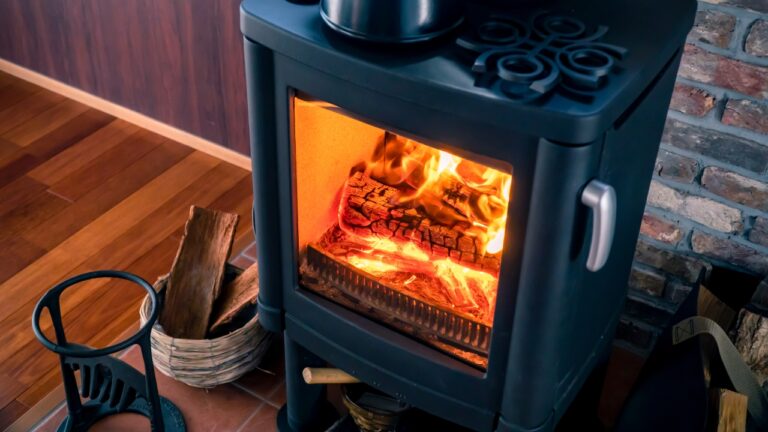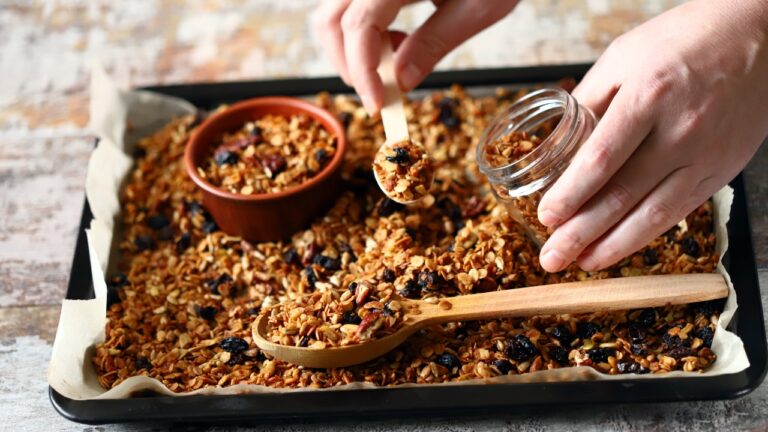How to Plan a Homestead Setup That Won’t Be a Headache Later
Planning your setup right the first time saves you years of backtracking. I’ve redone gates, moved sheds, rerouted water lines, and regretted more than a few things we did early on. Most of it could’ve been avoided with better planning. If you’re serious about building a homestead that works long-term, here’s what to think through.
Think Through Daily Movement

Plan your layout around how you’ll actually use the space—not how it looks on a sketch.
Where will you carry feed? Where will the kids play? How far do you want to walk for eggs when it’s raining? Set things up so your day-to-day chores don’t wear you out.
Keep Utilities in Mind From Day One

Even if you’re starting with nothing but raw land, think about water lines, electric, and future internet hookups before you build anything permanent.
It’s a pain to dig trenches after a barn or coop is already up.
Don’t Put All Your Animals in One Spot

It sounds efficient, but it gets crowded fast. Smells build up, mud gets worse, and predators figure it out.
Give space between pens, rotate if you can, and build with growth in mind—even if you only have a few animals to start.
Leave Room for Parking and Turnarounds

It’s easy to overlook this when you’re excited about building—but you’ll regret it every time you unload feed or run a trailer in.
Make sure there’s a way to turn around without getting stuck, especially near the house, barn, and any animal setups.
Plan Access for Big Equipment

At some point, you’ll need to get a tractor, delivery truck, or septic maintenance rig into your setup.
Wide gates, clear paths, and solid ground matter more than you think. Don’t box yourself in.
Consider Drainage Before You Build

I can’t stress this enough—watch where water goes when it rains. Then watch again when it storms.
You’ll want your house, barns, and pens on high ground with good runoff. Nothing worse than soggy foundations and swampy paddocks.
*This article was developed with AI-powered tools and has been carefully reviewed by our editors.







